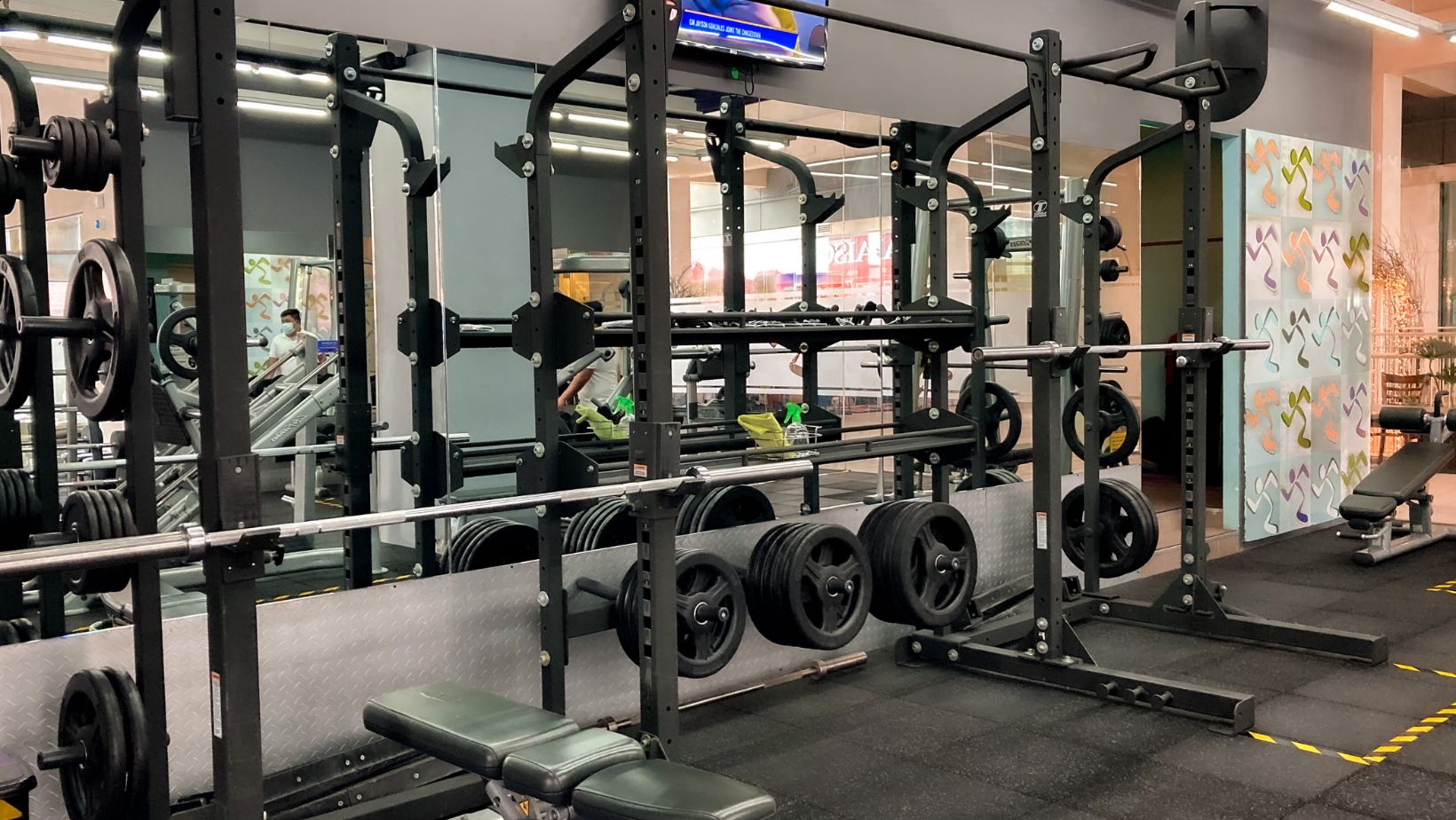There are so many websites online today, and the competition is getting really tough. If you could avoid those fake website, you can actually make money online. For those who could not care less how well your website is doing.
What are the most important things to know if you are looking to buy a legit website? The answer is not easy, especially if you are just starting with Internet marketing.
There are many websites around the world, but many of them are fake. Most of these websites are operating without any license. These websites might be scamming people by pretending to give out ‘free’ tools to solve their problems or just just asking for money. They may also be using terms like “click here” or “what is this site about” just to lure you to click on it.
Recognizing fake websites to safeguard oneself has become important in today’s world, when all of our everyday activities have gone digital. Scammers are using new technologies to get access to your sensitive personal and financial data, social media, and email logins in order to commit online identity theft.
Covid-19-related fraud has also increased in recent years on websites, SMS, and social media communications. As a result, it’s ideal if you exercise caution and learn to distinguish between legitimate and fraudulent websites. Here are a few simple but important reminders to bear in mind before submitting any sensitive information or doing any business with any website.
Table of Contents
ToggleBeyond It, look for the padlock /HTTPS.
Before entering the website URL, look for the padlock or HTTPS in the address bar; this indicates that all in-transit communication between the user’s web browser and the webserver is encrypted. Simply put, HTTP + SSL is HTTPS.
The most reputable Certificate Authorities, such as Comodo, provide a variety of quality but affordable Comodo SSL Certificates to meet any purpose and validation level need. They assist websites in encrypting sensitive data for users.
However, the presence of a padlock on a website does not imply that it is legitimate. To obtain complete information about the validity and ownership of the SSL Certificate given to the website and make an educated choice about the website’s legitimacy, you must go beyond the padlock and dive deep into the certificate issued to the website.
To see the website’s digital certificate, click the padlock in the web address box, then choose ‘Certificate’ in Google Chrome. This provides details such as the validity status and the name of the business. If the certificate is for the greatest level of validation, it will also include all of the company’s information, as seen in the example below.
Verify the website’s trust seal.
 When you see a site seal on a website, it means that the website is concerned about the safety of its users. There are a few caveats, though, in that the level of protection connected with the security seal must be double-checked by you.
When you see a site seal on a website, it means that the website is concerned about the safety of its users. There are a few caveats, though, in that the level of protection connected with the security seal must be double-checked by you.
To verify the security seal’s validity, you must click on it. If nothing occurs when you click on the security seal, it’s simply a replica of the real thing. When you click on Authentic security, you’ll be sent to a website where you can learn more about the authentication process.
Keep a close eye on the writing style.
Any genuine business website would have a highly professional appearance and adhere to rigorous editorial guidelines. Having too many spelling, punctuation, and grammatical errors, on the other hand, may suggest that the website was launched in haste, indicating that you are on a phony website.
Unreal discount offers are also signs that they were posted on the website to entice consumers to click on them and download dangerous software onto their computers.
Examine the Contact Page and Social Media Links with care.
 Check if any social media icons on the website, such as Twitter, Facebook, or Instagram, link to the company’s business social profile. Examine the amount of followers and business reviews, and you can even look for employee evaluations on sites like LinkedIn, if they’re available, or on platforms like glassdoor.com and indeed.com. This will allow you to assess the company’s trustworthiness based on its workers.
Check if any social media icons on the website, such as Twitter, Facebook, or Instagram, link to the company’s business social profile. Examine the amount of followers and business reviews, and you can even look for employee evaluations on sites like LinkedIn, if they’re available, or on platforms like glassdoor.com and indeed.com. This will allow you to assess the company’s trustworthiness based on its workers.
Checking product reviews as well as reviews on how returns, after-sales services, and warranty management are handled may be very helpful in determining the legitimacy of any website. Such company evaluations may be found on sites like Google Reviews and others.
The contact options on the contact page are an important aspect to consider while detecting fraudulent websites. Verify the phone number given, as well as the company’s actual location. Perhaps you could look up the physical address on Google Maps to see if it exists. Check to see whether the email address given is genuine business mail and not a generic one, such as [email protected], [email protected], etc., rather than @gmail.com or @yahoo.com.
Pay close attention to the website’s privacy policy.
 Websites are primarily obliged to provide information on how they will acquire user data, as well as how they will use, safeguard, and keep it, under data privacy laws and regulations. They are required to give users with a comprehensive document including this information, which they must read and accept the terms and conditions.
Websites are primarily obliged to provide information on how they will acquire user data, as well as how they will use, safeguard, and keep it, under data privacy laws and regulations. They are required to give users with a comprehensive document including this information, which they must read and accept the terms and conditions.
You must carefully read this text, paying close attention to the permissions that are being requested. Look for any ambiguities and attempt to distinguish between a professional-looking paper and a hastily produced false document simply for the purpose of it.
Pay attention to delivery information and return procedures while making purchases on an e-commerce site. Don’t take shipment information rules lightly, such as those that state that once you’ve completed your payments, the client must wait seven days before any shipping detail links for the goods are displayed.
This is an obvious sign that you are on a phishing website, so don’t fall for it. No reputable company website will tell you this; it will just phish your money and personal information.
Avoid making any transactions from such websites, and the best thing you can do is report them to Google Safe Browsing for the sake of others.
Examine the URL in detail.
 Checking for the validity of the URL is the first and most important step in detecting a phony website. This entails inspecting the URL for any replaced, missing, or interchanged letters, such as hfdcbank.com, which has an interchanged letter in the bank name, facbook.com, which has a missing letter, and palpay.com, which contains interchanged words in the URL.
Checking for the validity of the URL is the first and most important step in detecting a phony website. This entails inspecting the URL for any replaced, missing, or interchanged letters, such as hfdcbank.com, which has an interchanged letter in the bank name, facbook.com, which has a missing letter, and palpay.com, which contains interchanged words in the URL.
Different top-level domains (TLDs), such as Apple.org or Flipkart. cm The image above shows how the ABC news station was duped by false news sent via a phony URL website.
Scammers create a phony site that seems identical to the real one in order to trick you into giving your confidential credentials, which they may then use to carry out fraudulent activities.
Whether you see anything that doesn’t look right and you’re concerned that the site is phony, you may check to see if it contains any dangerous material by entering the site’s URL into the Google Safe Browsing Transparency Report.
To sum up, you should constantly remain vigilant and never let your guard down while engaging in any essential online activity. Don’t rush into any of these actions, whether it’s entering into your bank account or buying online; look for the points mentioned above. Make sure you’re on a reputable website to avoid losing your hard-earned money and allowing fraudsters get away with your personal information. Keep yourself safe and have a good time online.
Just because a website has a pretty domain name URL, doesn’t mean it’s a legit website. There are a lot of fake websites that have a pretty domain name but a very small amount of information on them. The best way to determine a fake website is to check the Whois information, or a site’s contact information.. Read more about is this website safe to buy from and let us know what you think.
Related Tags
This article broadly covered the following related topics:
- is this website safe to buy from
- verify website authenticity
- how to check if a website is safe to buy from
- how to tell if a website is legit to buy from
- is this website legit





